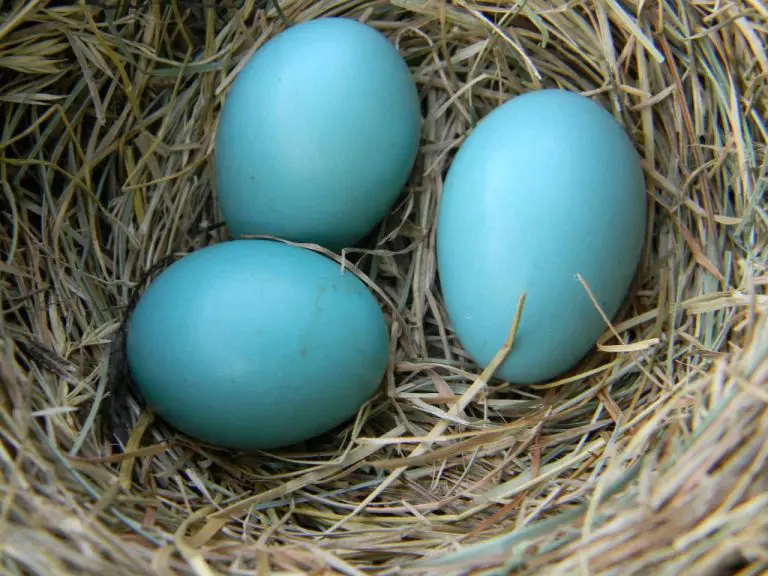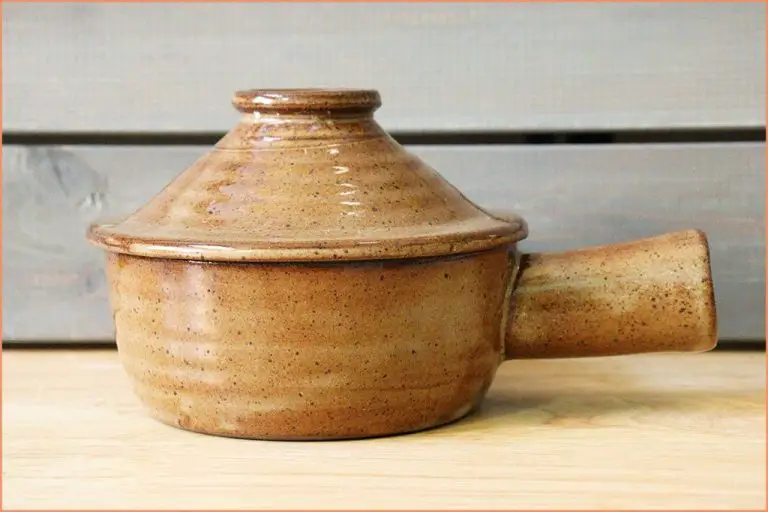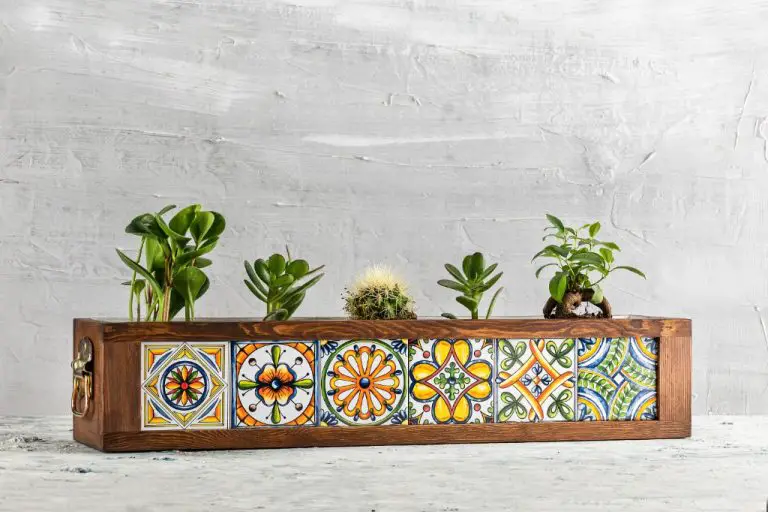Does Creative Paperclay Shrink?
What is Creative Paperclay?
Creative Paperclay is an air-dry modeling material made from paper pulp and natural binders. It has a clay-like texture that is pliable and easy to sculpt. Unlike traditional clays, Creative Paperclay contains cellulose fiber that prevents cracking and shrinking as it dries.
Some key properties of Creative Paperclay include:
- Does not require firing in a kiln – it air dries to a hard, durable finish
- Very lightweight compared to ceramic clays
- Can be sanded, drilled, and carved when dry
- Takes acrylic paints, stains, glazes, and other media when dry
- Non-toxic and safe for kids
The added cellulose fiber makes Creative Paperclay unique compared to polymer or oil-based clays. It handles like traditional clay but has properties more like papier mâché or paper once dry. This gives artists more flexibility and options for lightweight, durable crafts and sculptures.
Does Clay Normally Shrink When Drying?
Most types of clay, such as ceramic clay and polymer clay, shrink as they dry or cure. This shrinkage occurs due to the evaporation of water from the clay. When wet clay dries, the water molecules are removed, causing the clay to decrease in size.
The amount of shrinkage depends on the type of clay, but can range from 8-15%. Air drying clays like ceramic clay can shrink around 8-12%. Polymer clays that are cured in the oven often shrink 10-15% from their original size.
Shrinkage happens because the clay particles move closer together as the water evaporates. The clay hardens, but occupies less space. If the clay dries too quickly, it can crack or warp. Slower drying helps minimize cracks and deformation, but cannot prevent shrinkage altogether.
Knowing the expected shrinkage percentage allows artisans to account for it when designing their original clay sculptures. Starting with a larger piece ensures the finished work will be the desired size after shrinkage occurs during the drying/curing process.
Key Properties of Creative Paperclay
Creative Paperclay has some unique properties that set it apart from traditional clays and make it appealing for crafters and artists. Here are some of the key features:
High Paper Pulp Content
Unlike regular clay, Creative Paperclay contains a high percentage of cellulose fiber from recycled paper. This gives it a lightweight feel and makes it easier to sculpt detailed pieces. The paper fibers also allow the clay to dry faster compared to traditional clays.
Air Dry Formula
Creative Paperclay is an air dry clay, meaning it does not require baking or firing to cure and harden. It will dry and harden at room temperature. This makes it very convenient to work with, as you don’t need access to a kiln. It also means you can use Creative Paperclay on projects that cannot withstand high baking temperatures.
Ultra-Smooth Texture
The composition of Creative Paperclay enables it to have an ultra-smooth, silky texture when conditioned. This allows it to take very fine details and makes it enjoyable to sculpt with. The smoothness also means there is very little friction when working the clay, reducing hand fatigue.
Does Creative Paperclay Shrink?
Unlike regular clays, Creative Paperclay is specially formulated to minimize shrinkage as it dries. The typical shrinkage rate for air-drying clays is 8-12%, meaning a sculpture will reduce in size by up to 12% from its original dimensions as the water evaporates. However, Creative Paperclay only shrinks around 1-3% thanks to its unique composition.
Creative Paperclay achieves such low shrinkage by incorporating cellulose fiber pulp into the clay body. The plant-based paper pulp reinforces the clay as it dries, helping it maintain its shape and size. This makes Creative Paperclay much more dimensionally stable compared to regular clays which shrink and crack excessively as they lose moisture.
The paper pulp gives Creative Paperclay more structural integrity as it dries. The fibers interlock to counteract the normal shrinking forces. This produces very consistent, reliable results, allowing you to create paperclay sculptures that hold their form without warping or distorting as they dry.
Minimizing Shrinkage
While Creative Paperclay does shrink less than regular clay, there are still a few techniques you can use to minimize shrinkage even further:
Proper drying techniques – Dry Creative Paperclay slowly and evenly to reduce cracking and shrinkage. Allow pieces to air dry completely before baking. Avoid placing in direct sun or near heating vents.
Avoiding thin or elongated forms – Thin or narrow pieces tend to shrink more in drying. Keep forms thicker and more compact to reduce shrinkage.
Baking – While Creative Paperclay can air dry, baking it will further reduce shrinkage. Bake at standard clay temperatures according to package instructions. Let pieces cool fully before handling.
Using Creative Paperclay
Creative Paperclay opens up new possibilities for ceramic artists, sculptors, and jewelry makers. The smooth, pliable texture makes it easy to capture fine details and textures. The lightweight paper content reduces the weight of finished pieces, making them easier to work with and display.
For ceramic artists, Creative Paperclay can be formed and sculpted like traditional clay. When fired, it vitrifies into a hard, durable ceramic material suitable for functional ware like mugs, plates, and bowls. The low shrinkage rate helps ceramic pieces retain their shape and dimensions without warping or cracking.
Sculptors can create intricate, lightweight sculptures with Creative Paperclay. The lightweight paper makes large-scale sculptures easier to work on and support their own weight. The smooth texture captures crisp details. When dry, sculptures are durable enough for extended display.
Jewelry makers can form lightweight pendants, beads, and components with Creative Paperclay. The smooth, pliable texture allows capturing fine patterns and textures. Paperclay jewelry is strong yet lightweight to wear. As it air dries, pieces retain their shape without warping.
With its versatility, low-shrinkage, and lightweight nature, Creative Paperclay opens new doors for artists working in ceramics, sculpture, jewelry, and more.
Tips for Working with Creative Paperclay
Here are some helpful tips for working with Creative Paperclay and getting the best results:
Keep the clay wet when sculpting – One of the keys to avoiding cracking with Creative Paperclay is to keep the clay moist as you work. The clay dries out quickly, so have a spray bottle on hand. Mist the clay frequently and keep it in an airtight container when not sculpting.
Allow time for thorough drying – Creative Paperclay needs to dry completely all the way through before baking or painting. Drying time can take 1-2 weeks depending on climate, thickness, and hollow parts. Allow enough time for pieces to dry fully before moving to the next steps.
Consider an armature for large pieces – For very large sculptures or pieces with extended parts, consider using a wire armature for structural support. This will help prevent cracking or sagging as the piece dries and make the sculpture more durable.
Creative Paperclay vs Air Dry Clay
One of the major differences between Creative Paperclay and air dry clay is the amount of shrinkage that occurs. Air dry clay can shrink up to 30% as the water evaporates while Creative Paperclay only shrinks 1-3%. This makes Creative Paperclay much better for projects where you need an exact fit or very precise details.
Creative Paperclay also has a more elastic, clay-like texture compared to air dry clays which tend to be stiff and brittle when dry. The smooth consistency makes it easier to blend and shape Creative Paperclay without cracking.
In terms of durability, Creative Paperclay holds up extremely well and finished pieces can last for many years. Air dry clay is more fragile and prone to chipping or breaking over time. Creative Paperclay is water-resistant whereas air dry clay will dissolve if left in water.
For jewelry, miniatures, or any delicate sculpting, Creative Paperclay is the better choice. The flexibility, durability, and non-shrinking properties produce crisp details that will last. For basic kids’ crafts or temporary pieces, air dry clay is sufficient. Ultimately, Creative Paperclay is superior in texture, finish, and longevity compared to air dry clays.
Buying Creative Paperclay
Creative Paperclay can be purchased from art supply stores, online retailers like Amazon and Blick Art Materials, and directly from the Creative Paperclay website. There are a few different formulas to choose from:
- Original Creative Paperclay – The original formula that has a nice tooth and feels slightly grittier. It’s a neutral light gray color when dry.
- Creative Paperclay Soft – A smoother formula that is easier to sand and blend. It has a very fine texture when dry.
- Creative Paperclay Bright White – Formulated to dry to a bright, clean white color while still retaining the other properties of original Creative Paperclay.
An 11 oz block of original Creative Paperclay typically costs $13-16. The Bright White formula is slightly more expensive at around $17-19 per block. Buying in bulk can reduce the per-block cost. Creative Paperclay doesn’t expire so it can be bought in large quantities if you use it frequently.
The company offers a money back guarantee if you are unsatisfied with the product, so don’t hesitate to try it out!
Final Thoughts
In summary, Creative Paperclay is a unique air-dry crafting clay that doesn’t shrink much during the drying process. This makes it ideal for a wide range of crafting projects where precision and maintaining the original size and shape matter.
The key advantages of Creative Paperclay include:
- Very little shrinkage – shrinks only about 1%
- Hardens to a ceramic-like finish
- Lightweight even when dry
- Takes paints, glazes, stains beautifully
- Can be sanded, drilled, and carved easily
- Doesn’t require firing; air dries naturally
Creative Paperclay is a great choice over traditional clays when you need pieces to retain their size and shape precisely. It’s ideal for delicate items, jewelry pieces, ornaments, dolls, miniatures, and any craft where proportions need to stay the same.
For speed and convenience, air dry clays may be preferable. For strength and durability, choose ceramic clays that require firing. Consider the characteristics of your project and select the type of clay that will work best.
With its minimal shrinkage and moldable texture, Creative Paperclay opens up new creative possibilities for crafters. Try it for your next clay sculpting or modeling project!



